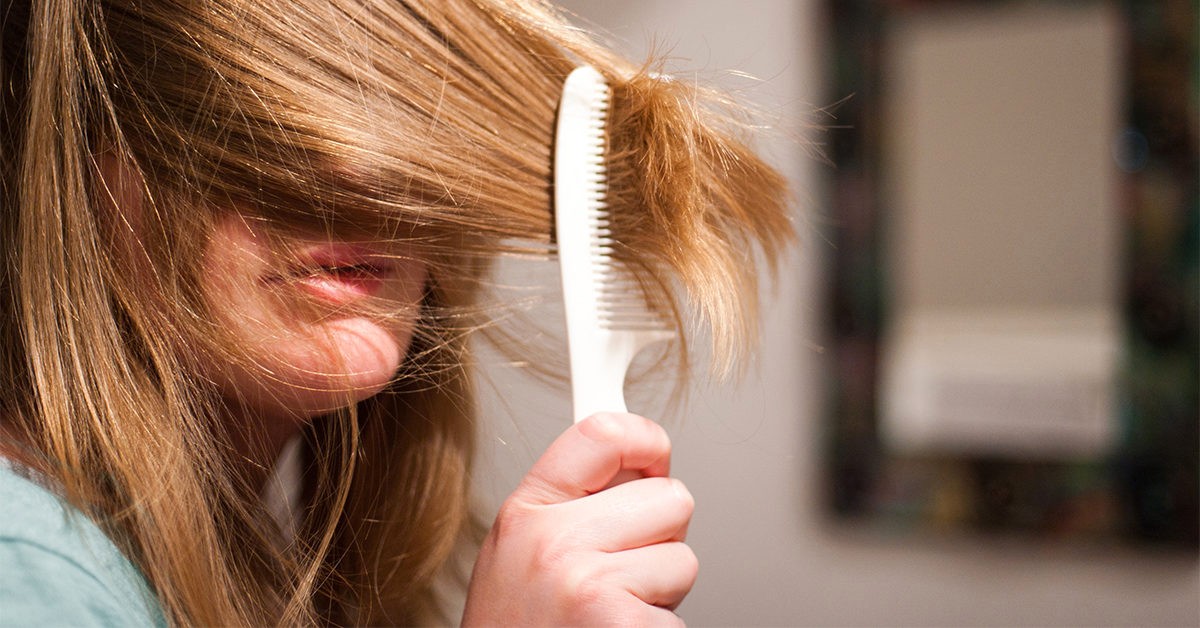
The primary predictor of a person’s mood and state of mind is their hair colour. Properly maintained hairs indicate that everything is good. Hair colour freshness is just as important as hair health. You must change it on a regular basis to maintain your femininity and attractiveness. This article is a must-read whether you’re considering changing your hair colour or seeking for tips on how to care for previously coloured hairs. We provide a comprehensive guide on selecting the appropriate hair shade for your skin and hair type, a list of dying procedures, advice on avoiding harm and maintaining your colour, as well as information on colouring during pregnancy and hair loss. All inquiries have been addressed!
Hair Colour: A brief History
There is nothing new about the desire to alter one’s hair colour. Since the beginning of time, women have been dyeing their hair to express themselves. After removing their hair from their heads, the ancient Egyptians coloured it and fashioned it into ornate curly and braided wigs. In ancient times, humanity utilised temporary colourants such as saffron, indigo, alfalfa, and henna; nonetheless, hair dyes used by ancient Greek and Roman women have been discovered.
Modern ladies may credit William Henry Perkin for discovering the recipe for today’s hair colour creations after thousands of years of looking for the right hair colour and frequently turning to harmful chemicals.
It wasn’t until the mid-19th century that the English scientist was working on a treatment for malaria that he started to experiment with hair colour. As a substitute, he developed mauve, a hue that had never previously been seen and was more vibrant and long-lasting than any dye at the time. Hair colour palettes we see now were born because of this fortuitous coincidence.
Whether you want to experiment with fashionable hues, hide greys, or brighten up your natural hair, trendy hair colour provides the adaptability and ease to accomplish your aim. There is no limit to what you can do with your hair when you have a rainbow of options at your fingertips.
Continue reading to find out more about hair colouring, hair care, and other topics.
Finding the Best Colour and Style for Your Hair Type and Texture
It’s critical to know your hair type, texture and the best colour procedure before you ever step foot in the shop.
Normal/Straight
Straight hair has a plethora of styling possibilities. Straight, relaxed hair can generally manage certain wacky hairstyles, such as tie-dye, mermaid, and rainbow looks, thanks to a broad range of colouring treatments. Colours like babylights and ombre on straight hair add movement and depth. Straight hair is ideal for any freehand painting method.
Wavy
Hair that has a little wave to it may look wonderful with any hairstyle. Even the most faint babilights may be achieved with this hair colour, which isn’t too busy for dip dye, ombre, or tie-dying.
Curly
Highlights and lowlights bring out the best in curly hair. Colorists may use freehand methods like balayage and highlights to create a custom look for each client, enhancing the natural beauty of their hair while minimising damage.
The best way to take care of dyed hair
These suggestions can help you get the most out of your investment in time and money:
- Hair should be washed anywhere from once a week to three times a week. Colour fades more quickly when washed often.
- A dry shampoo may be used between washing.
- Get a good shampoo and conditioner for your hair type.
- Invest in a purple shampoo for blondes and greys to keep brass at bay.
- Wash your hair with lukewarm water and rinse it with cold water. Sealing in colour molecules, nutrition and moisture are all benefits of a cold shower.
After dyeing your hair, how can you reduce the damage?
- Your hair will be affected by any chemical procedure. It isn’t only the chemicals in hair dye that may harm and ruin your hair’s colour; the sun can do the same. Taking a dip in the ocean or a saltwater pool may cause hair to become brittle.
- Healthy hair and brilliant colour are only possible with proactive measures like these. To minimise the effects of nature’s components, consider the following suggestions:
- Use a leave-in conditioner, hair masks, and frequent conditioning treatments on your hair.
- Always use a heat protectant before styling your hair.
- Consider a UV-protected hairspray.
- Before getting in the water, spray your hair with a silicone-based product or dampen it with cold water.
- Use a high-quality shampoo and conditioner for hair that has been dyed.
Embellish your hairstyle with “soft” accessories
Hair accessories are a current trend that we like. However, it is preferable to avoid using tight rubber bands or hairpins on coloured hair and instead use scarves and bandanas. They have a great deal of popularity and are magnificent.
Please add a hydration regimen to your routine.
Because dryness is the primary enemy of coloured hair, you should supplement its moisture. Daily conditioner, colour-safe hydrating masks, serums, and styling creams should all be included in your hair regimen. This is the only method to ensure that your coloured hair retains its sheen and remains smooth and lovely. Additionally, you must maintain healthy endings. It seems to be simple, doesn’t it? We are aware that it is not: it demands perseverance and commitment.
Reduce the amount of washes to maintain the colour’s brilliance.
We noted before that colour and water do not get along, and this is true. Water oxygenates the blonde or bleached dye and dilutes the strength of solid tones.
Ideally, you should wash coloured hair twice a week to preserve the colour and promote the development of natural oils. Use a purple toning shampoo to prevent the colour from oxygenating. If you are someone who likes to wash their hair daily, consider using a dry shampoo. There are several formulas available for various hair types and textures.
Take note of the water’s temperature.
Avoid the temptation to wash your hair with hot water after dying to avoid opening the cuticle. Yes, when exposed to hot water, the same cuticle that should heal after three days opens. As it opens, the colour molecules are washed away and the hair colour disappears.
Professional colorists suggest washing with cold or lukewarm water, particularly while rinsing conditioner from the hair. Rather than vigorously cleaning your hair, tilt your head back and allow the water stream through it.
The less you touch the hair, the better, since this prevents the hair cuticle from being opened.
Overview
You like trying out new styles and colours, as well as experimenting with various sorts of stylish hair dyes, such as reflections, highlights (babylights, balayage, Californians, foilyage, hair contouring, blonde method), fantasy tints, and discolorations. However, you should keep in mind that dying your hair is a procedure that often dries it out and, over time, might cause it to become a little damaged. Hydration will be the most effective therapy for taking care of hair colour and restoring its shine and silkiness, as will the following advice that we will provide you. Because having coloured hair does not always imply having damaged hair.


